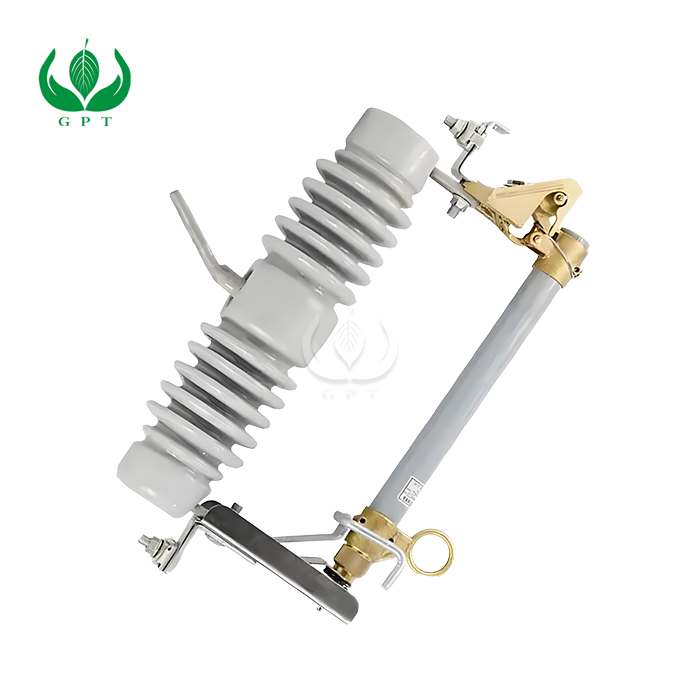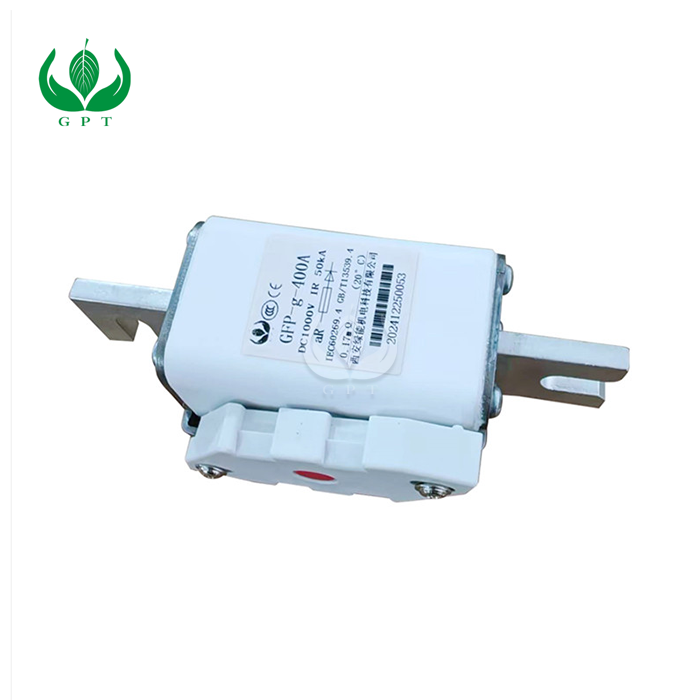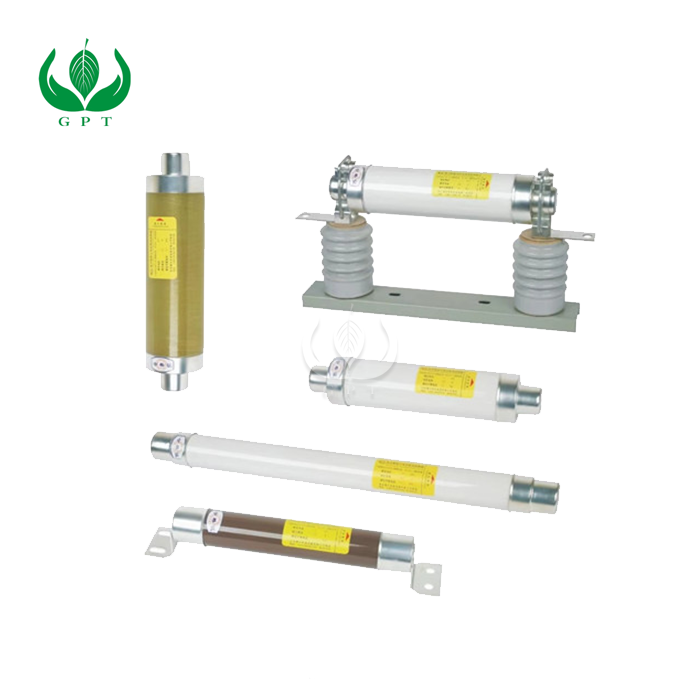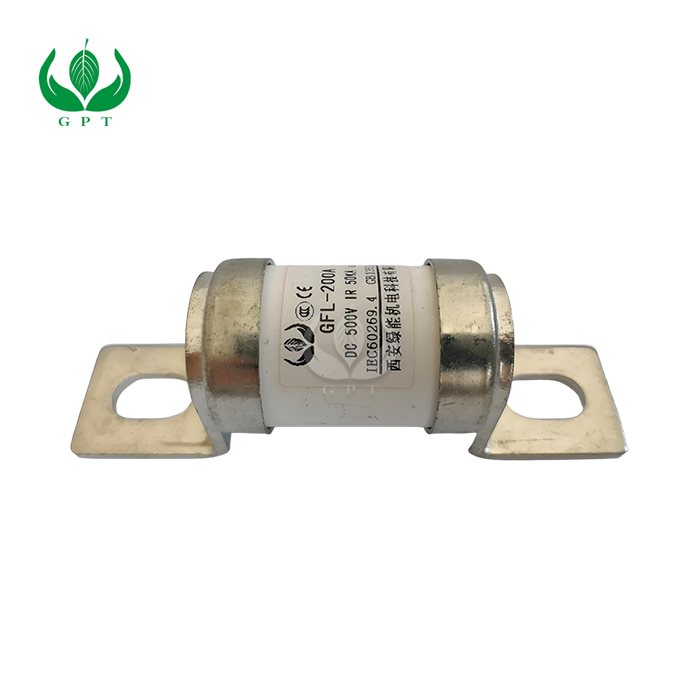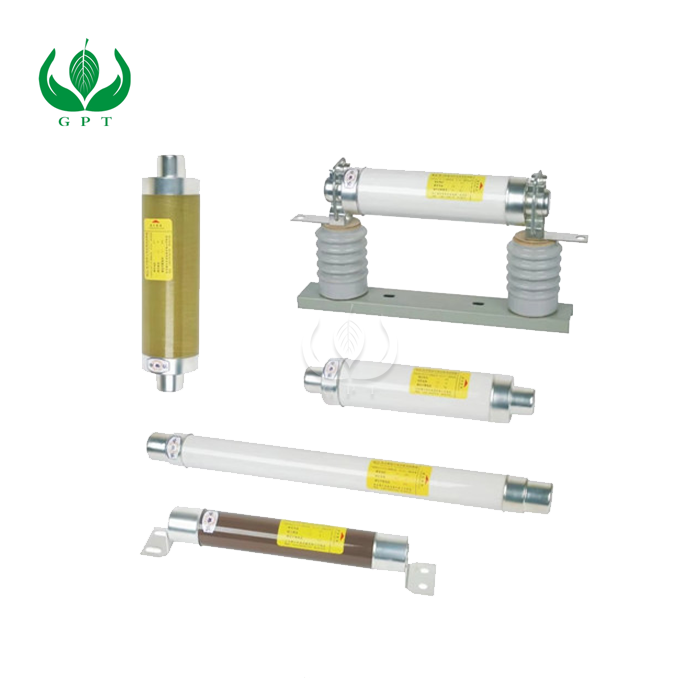Power electronics systems rely on semiconductor devices like IGBTs, MOSFETs, and thyristors to control and convert electrical energy. These components are sensitive to overcurrent conditions that can destroy them in milliseconds. Semiconductor protection fuses act as guardians, detecting abnormal current flows and interrupting the circuit before damage occurs. They work by containing a specially designed fuse element that melts when current exceeds safe levels, creating an arc that's quickly extinguished within the fuse body. This rapid response protects expensive semiconductor components from thermal damage while maintaining system reliability.
Understanding the Fundamentals of Semiconductor Protection Fuses
What Makes Semiconductor Fuses Different from Standard Fuses?
Semiconductor protection fuses possess unique characteristics that set them apart from conventional fuses. While standard fuses protect against general overcurrent conditions, semiconductor fuses respond much faster to protect delicate electronic components. They feature extremely low I²t values, which means they clear faults before semiconductors reach their thermal limits.
The construction of these specialized fuses includes silver or copper elements with precise notching patterns. These notches create predictable melting points that ensure consistent performance. The fuse body contains pure quartz sand that absorbs arc energy during interruption. This design allows semiconductor fuses to handle both the steady-state current requirements and the rapid fault clearing needed in power electronic applications.
Modern semiconductor fuses also incorporate indicators that show when the fuse has operated. This visual feedback helps maintenance teams quickly identify failed fuses in complex systems. The compact design fits into crowded electrical panels while providing superior protection compared to other overcurrent devices.
Key Operating Principles and Mechanisms
The operating mechanism of semiconductor protection fuses relies on thermal physics and electrical arc behavior. When current flows through the fuse element, it generates heat according to Joule's law. Under normal conditions, this heat dissipates through the fuse body and terminals. However, when overcurrent occurs, heat generation exceeds dissipation capacity.
The fuse element reaches its melting temperature at predetermined current levels. As the element melts, it creates multiple arc paths between the separated conductor segments. The surrounding quartz sand plays a crucial role here. It absorbs arc energy and forms a fulgurite - a glass-like substance that provides electrical insulation. This process happens within milliseconds, fast enough to protect semiconductor junctions from thermal damage.
Temperature rise curves and time-current characteristics define fuse performance. These curves show how quickly the fuse responds to different overcurrent levels. Semiconductor fuses exhibit inverse time characteristics - they clear high fault currents faster than moderate overloads. This behavior matches the protection needs of power semiconductors perfectly.
Types and Classifications of Semiconductor Fuses
The industry classifies semiconductor protection fuses based on several criteria including voltage rating, current rating, and application type. DC-rated fuses like the GFP-s-DC300V series handle voltages up to 300V DC with current ratings from 630A to 1600A. These fuses meet demanding requirements in electric vehicle charging systems and renewable energy applications.
aR-class fuses provide partial range protection, specifically designed for semiconductor protection. They clear short-circuit currents but rely on other devices for overload protection. This specialization allows optimal coordination with semiconductor device characteristics. gR-class fuses offer full-range protection, handling both overloads and short circuits.
Physical size classifications follow international standards. European DIN sizes, North American UL classes, and Asian standards each define specific dimensions and mounting arrangements. Blade-type fuses suit high-current applications while cylindrical fuses work well in space-constrained designs. Bolted connections ensure low resistance paths for high-current applications.
Applications and Integration in Modern Power Systems
Electric Vehicle and Charging Infrastructure Protection
Electric vehicles and charging stations represent one of the fastest-growing applications for semiconductor protection fuses. EV powertrains use sophisticated inverters that convert DC battery power to AC for motor control. These inverters contain expensive IGBT or SiC MOSFET modules that require precise overcurrent protection.
Charging infrastructure faces unique challenges. DC fast chargers deliver hundreds of amperes at voltages exceeding 800V. Semiconductor fuses protect both the charging equipment and vehicle systems during fault conditions. They must handle normal charging cycles while responding instantly to short circuits or ground faults. The GFP-s series fuses meet these demands with breaking capacities up to 50kA DC.
Battery management systems also benefit from semiconductor fuse protection. Individual battery modules need protection against internal faults that could cascade through the entire pack. Fuses rated for DC applications prevent arc formation that AC-rated devices cannot handle. This protection extends battery life and enhances vehicle safety.
Renewable Energy System Protection
Solar inverters and wind turbine converters rely heavily on semiconductor protection fuses. Photovoltaic systems present unique challenges with their variable power output and potential for reverse current flow. String combiners use semiconductor fuses to protect individual solar panel strings while maintaining system efficiency.
Wind power converters face harsh environmental conditions and variable loads. The power electronics in nacelles experience temperature extremes and mechanical stress. Semiconductor fuses must maintain their protective characteristics across wide temperature ranges. They protect expensive converter modules from grid faults and generator-side disturbances.
Energy storage systems integrate batteries with bidirectional converters for grid stabilization. These systems switch between charging and discharging modes rapidly. Protection fuses must handle current flow in both directions while maintaining fast fault clearing times. The high breaking capacity of modern semiconductor fuses ensures safe operation even during severe grid disturbances.
Industrial Motor Drives and Power Conversion
Variable frequency drives control motors throughout industrial facilities. These drives use semiconductor switches to create variable voltage and frequency outputs. Protection fuses safeguard the input rectifier and output inverter stages. They coordinate with drive protection algorithms to minimize downtime during fault events.
Soft starters reduce mechanical stress during motor startup by controlling voltage application. The thyristors in soft starters need protection from short circuits in motor windings. Semiconductor fuses provide this protection while allowing normal starting currents to flow. Their predictable characteristics enable precise coordination with motor thermal limits.
Power quality equipment like active harmonic filters and static VAR compensators use fast-switching semiconductors. These devices respond to grid conditions in real-time, making protection challenging. Semiconductor fuses must distinguish between normal operation and fault conditions. Advanced fuse designs achieve this discrimination through careful element design and material selection.
Selection, Installation, and Maintenance Best Practices
Proper Sizing and Coordination Techniques
Selecting the right semiconductor protection fuse requires careful analysis of circuit requirements. Start by determining the continuous current rating, considering derating factors for ambient temperature and mounting conditions. The fuse must carry normal operating current without nuisance operation while providing adequate fault protection.
Coordination with semiconductor devices demands attention to I²t characteristics. The fuse I²t rating must remain below the semiconductor's withstand capability across all fault current levels. This includes considering the total clearing I²t, which accounts for both melting and arcing phases. Safety margins ensure protection even with manufacturing tolerances.
Voltage ratings deserve special attention in DC applications. DC arcs behave differently than AC arcs, requiring higher voltage ratings for the same system voltage. Time-current coordination studies verify proper discrimination between upstream and downstream protective devices. Software tools help visualize coordination and identify potential problems before installation.
Installation Requirements and Safety Considerations
Proper installation ensures semiconductor protection fuses perform as designed. Terminal connections must maintain low resistance to prevent localized heating. Torque specifications from manufacturers ensure adequate contact pressure without damaging terminals. Regular thermal imaging identifies loose connections before they cause problems.
Mounting orientation affects heat dissipation and fuse performance. Vertical mounting typically provides better convection cooling than horizontal arrangements. Adequate spacing between fuses prevents mutual heating that could affect operation. Enclosure ventilation maintains acceptable ambient temperatures around fuses.
Safety procedures during fuse replacement protect personnel and equipment. Always verify zero energy state before accessing fuse compartments. Arc flash hazards exist even in DC systems, requiring appropriate PPE selection. Replacement fuses must match original specifications exactly - never substitute different fuse types or ratings.
Monitoring and Predictive Maintenance Strategies
Modern facilities implement predictive maintenance programs for critical protection devices. Thermal monitoring detects developing problems before fuse operation. Temperature rise above ambient indicates increased resistance from aging or loose connections. Trending this data reveals degradation patterns.
Fuse monitoring systems provide real-time status information to control systems. These monitors detect blown fuses immediately, reducing troubleshooting time. Some systems measure fuse resistance to predict remaining life. This information supports planned replacement during scheduled outages.
Documentation and record keeping support reliability improvement efforts. Recording fuse operations helps identify recurring problems in protected circuits. Analyzing failure patterns reveals opportunities for system improvements. Maintaining spare fuse inventory ensures rapid restoration after faults while avoiding extended downtime.
Conclusion
Semiconductor protection fuses are important safety devices in contemporary power electronics. They react in milliseconds to stop expensive component damage. Their unique design, which includes exact fuse parts and materials that stop arcs, makes them safe for a wide range of uses, from charging electric cars to renewable energy systems. To get the most out of these protective devices during their whole service life, you need to know how they work, how to choose the right ones, and how to care for them. As power electronics are becoming better, semiconductor protection fuses are still very important for keeping systems safe and reliable.
FAQs
What's the main difference between semiconductor fuses and regular fuses?
Semiconductor protection fuses clear faults much faster than regular fuses, typically within milliseconds. They feature lower I²t values and specialized arc-quenching materials designed specifically to protect sensitive electronic components from thermal damage.
How do I know when to replace a semiconductor protection fuse?
Most semiconductor fuses include visual indicators showing when they've operated. Additionally, regular thermal monitoring and resistance measurements during maintenance can reveal aging fuses before failure. Always replace fuses that show signs of overheating or physical damage.
Can semiconductor fuses protect against all types of electrical faults?
Semiconductor fuses excel at protecting against short circuits and severe overloads. However, aR-class fuses only provide partial range protection and require coordination with other devices for complete overload protection. Choose gR-class fuses when full-range protection is needed.
Advanced Semiconductor Protection Solutions for Power Electronics | Green Power
Xi'an Green Power Technology Co., Ltd. specializes in manufacturing high-quality semiconductor protection fuses for global power electronics applications. Our GFP-s series fuses, rated up to DC300V and 1600A, protect critical components in EV charging systems, renewable energy installations, and industrial drives. As a leading semiconductor protection fuse manufacturer with ISO9001, IATF16949, and international safety certifications, we deliver reliable protection solutions backed by decades of expertise. Contact our technical team at fusemaker@163.com to discuss your specific protection requirements.
References
Chen, W., & Liu, Y. (2023). Semiconductor Protection in Modern Power Electronics: Design Principles and Applications. Journal of Power Electronics Technology, 45(3), 234-251.
Johnson, R. M., & Smith, K. L. (2024). Advanced Fuse Technologies for Electric Vehicle Charging Infrastructure. IEEE Transactions on Transportation Electrification, 10(1), 89-102.
Martinez, A., & Thompson, D. (2023). Coordination of Protective Devices in Renewable Energy Systems. International Journal of Sustainable Energy, 38(7), 567-582.
Wang, H., Zhang, L., & Anderson, P. (2024). Thermal Management and Reliability of Semiconductor Fuses in Industrial Applications. Power Electronics Reliability Quarterly, 29(2), 145-159.
Kumar, S., & Patel, N. (2023). DC Protection Challenges in Modern Energy Storage Systems. Energy Storage Technology Review, 15(4), 412-428.
Robinson, J., Lee, C., & Davis, M. (2024). Predictive Maintenance Strategies for Power Electronic Protection Devices. Industrial Maintenance and Reliability Journal, 51(1), 78-91.



_1752570870823.webp)
